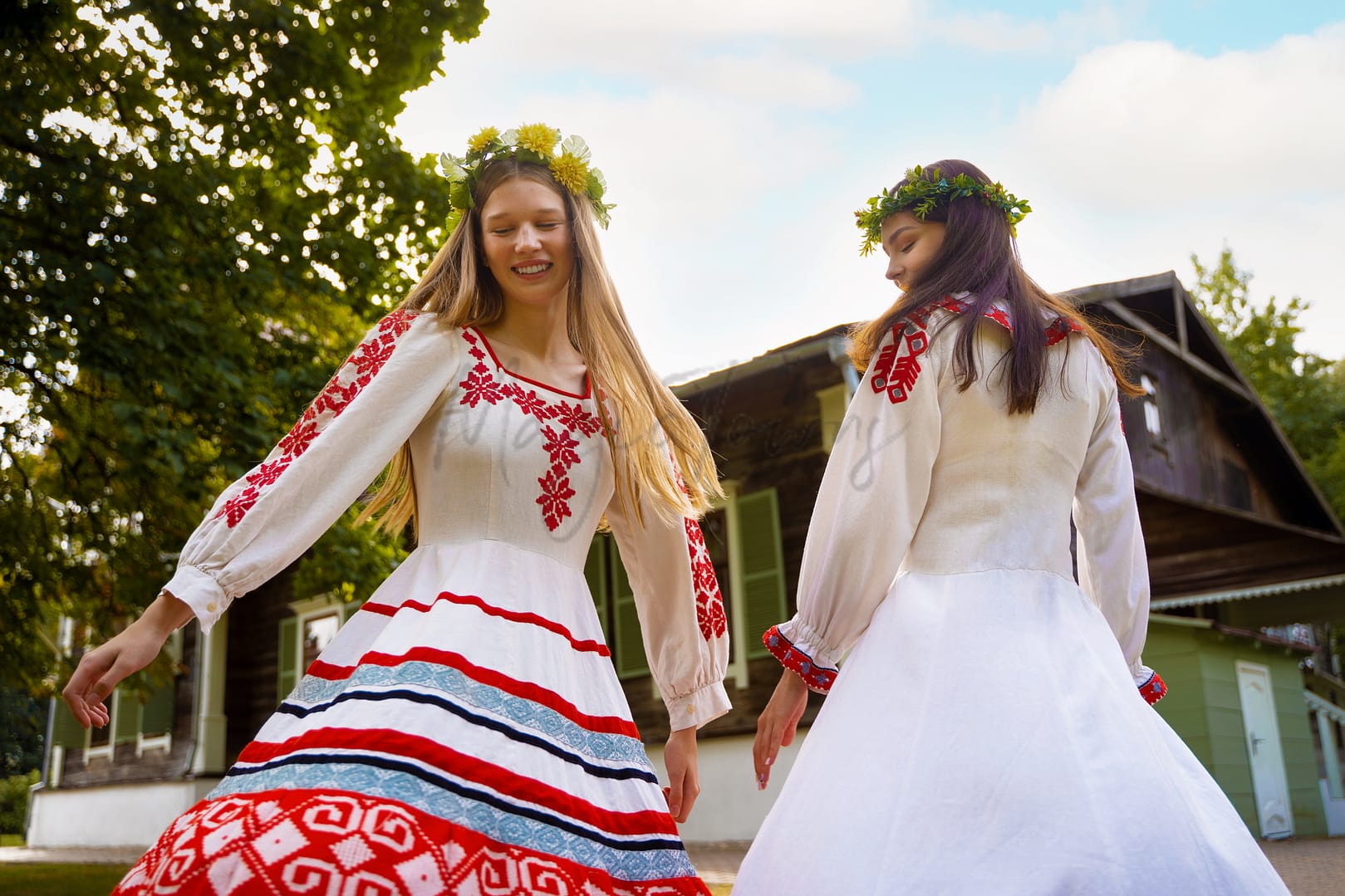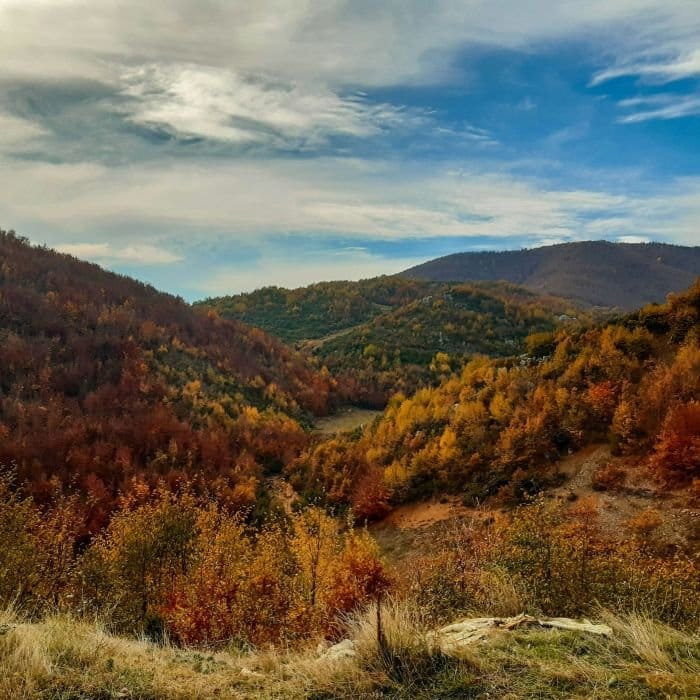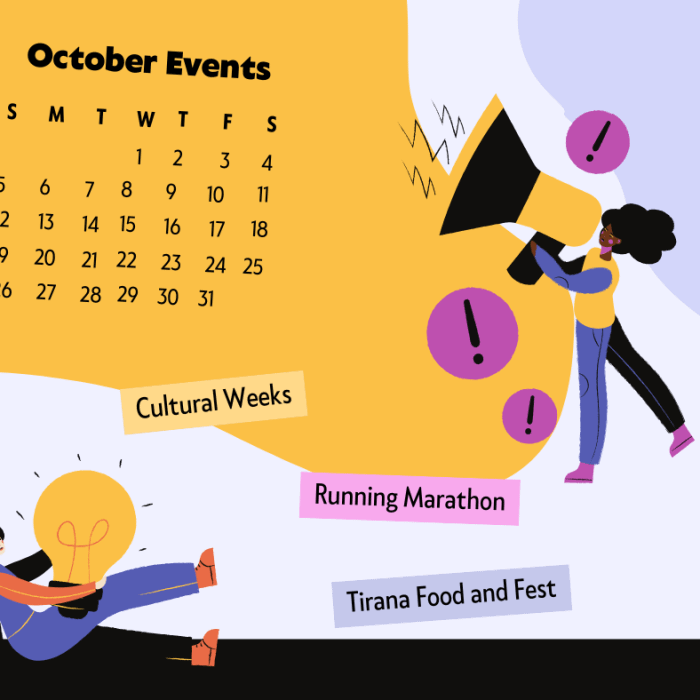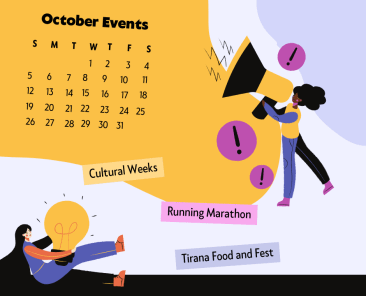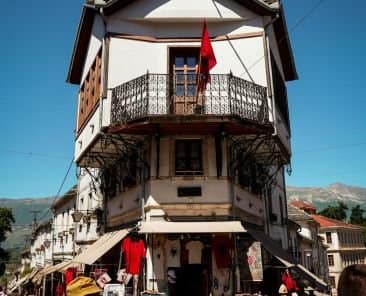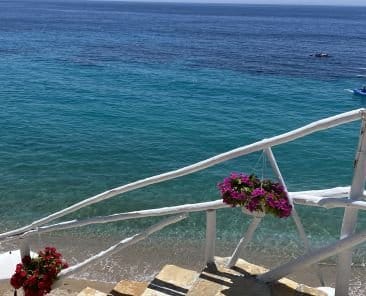The Albanian traditional clothing, or – Veshjet Tradicionale Shqiptare, comprises 500 varieties of clothing in Albania. These clothes have been worn for centuries, and pose a significant importance to Albanian history.
Not only do these clothes represent Albanian history, but they represent their cultural heritage, music, art, and localism.
In this blog post, I’ll share more about various pieces that are worn by each category, including men, women and children. If that seems up your alley, let’s get started!
Key Takeaways
- The traditional Albanian clothing for men, women, and children varies significantly from the region.
- For men, headdresses like Qeleshe or Qylafë, Fustanella, Xhamadan, and belts are common.
- For women, the Kapica and Xhubleta are common.
- Kids are adorned with the Fustanella, Guna, Qylafë, and shoes.
A Little Backstory on Albanian Traditional Clothing
An interesting fact that you might not know about Albanian culture is that each cultural and geographical region features varied clothing. From materials, shape, form and colours, they personalise it to fit their locality and represent themselves.
Most Albanian folk dresses are decorated using symbolic elements such as snakes, eagles, moons or stars.
Traditional Albanian Clothing for Men
The traditional Albanian clothing for men consists of a few important pieces; the headdress, pants, vest, belts, socks and shoes.
Headdresses
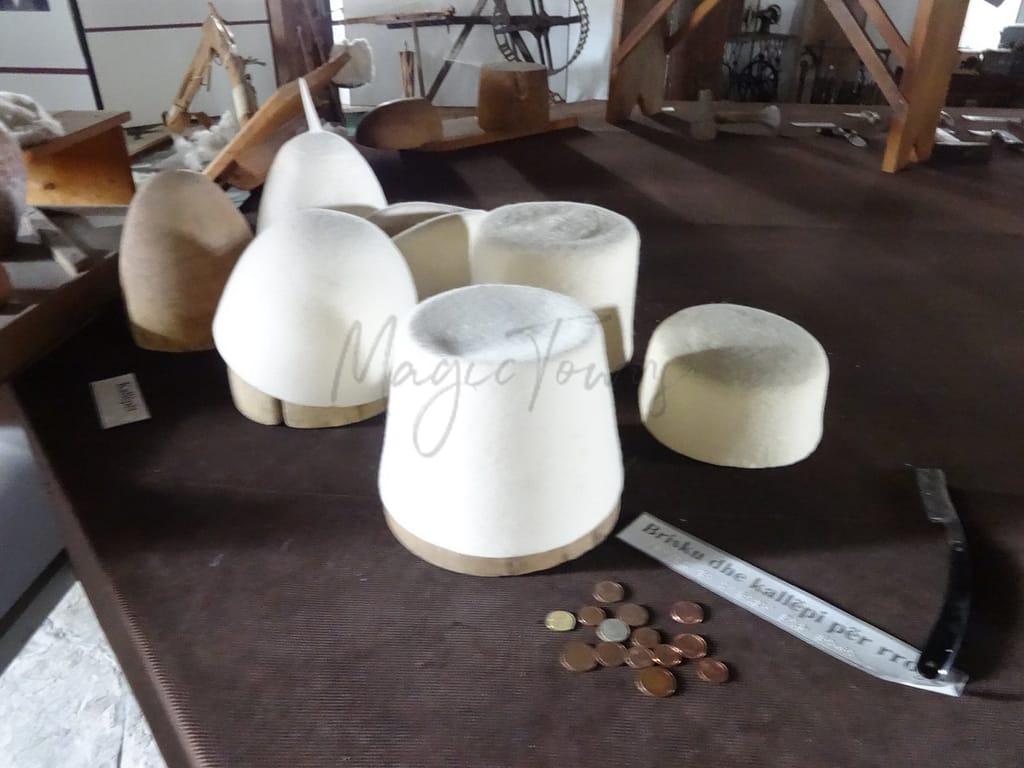
Traditional Albanian clothing for men consists of one crucial part: the headdress, which has varied significantly throughout history.
- Qylafë: Or the Cylaf is a woollen high hat worn by men across southern Albania, whether for traditional or fashionable purposes.
- Qeleshe: or Plis, it is worn by men in Kosovo and Albania. It is also worn in many Albanian-dialect areas in North Macedonia and Greece.
While travelling in areas like Tirana, you might encounter the Qeleshe, which is cone-shaped. Meanwhile, in areas like North Albania, it is typically produced in a round shape.
- Chapeau Albanois, or Albanian hat, was worn from the 15th to 18th centuries. It is also featured in many areas of Onufri’s paintings.
Upper And Lower Body Covers
The most popular piece of clothing for men in Albania is the Fustanella. It is a traditional garment shaped like a shirt. Men mostly wear it for special occasions.
Moreover, for bottom-wear, the Tirqe is quite popular. The pants are full-length, looking very graceful.
Vest
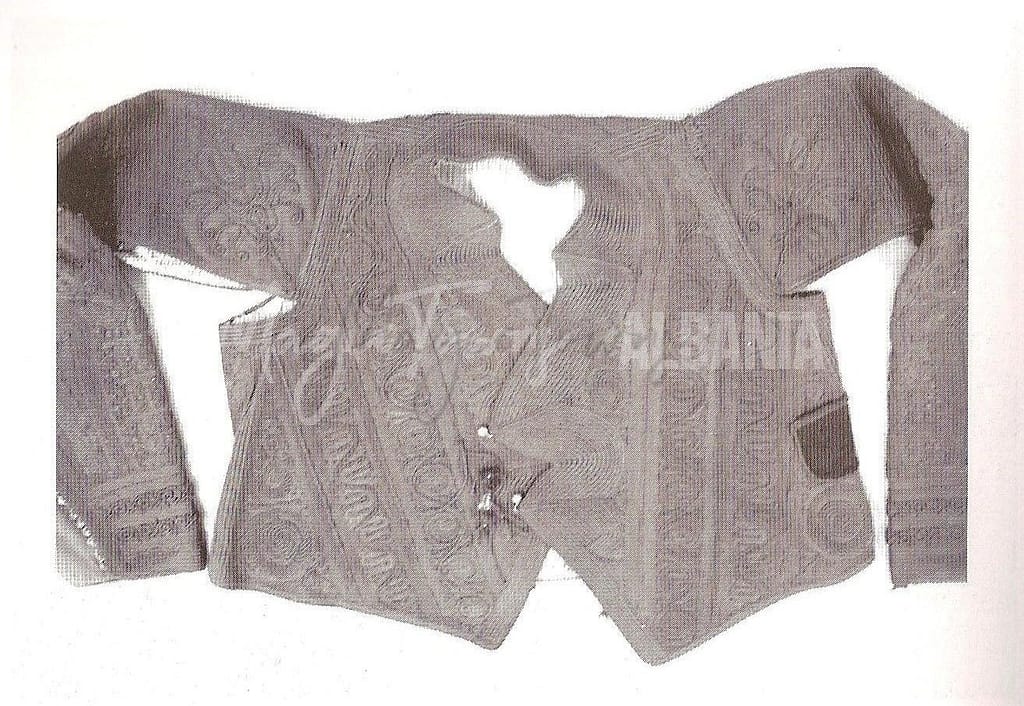
The Xhamadan vest is particularly popular. It originated in the northeastern areas of Albania and gained popularity in other territories throughout history.
A good quality Xhamadan is richly embroidered, oftentimes found in gold embroidery too. The garment can be sleeveless or sleeved, and features two types:
- Xhamadani Me Reshme: Went obsolete in the 20th century.
- Xhamadani Fermele: Still in use for wear during traditional festivities.
Belt
The Brez, are traditional bekts that are worn by Albanian men across Albania. They are mostly popular in areas like North Macedonia, Kosovo, Serbia, or even in Arberesh villages in Italy.
Shoes
Traditional shoes in Albania are known as opingas, or art sandals, typically worn by men in rural areas.
Traditional Albanian Clothing For Women

The traditional Albanian clothing for women varies from that of men. The designs on headdresses and bodywear are uniquely designed and meticulously crafted by hand to make them seem as intricate as possible. The colours are bold, rich, and vibrant!
Let’s explore the traditional women’s wear in Albania.
Headdresses
There are 4 types of headdresses that traditional women have in Albania. Additionally, these headdresses were worn historically too.
- Kryqe: A square-shaped headdress.
- Lëvere: A pointed headdress adorned by traditional women.
- Langi: Or more commonly known as riza, pashnik, or peshqira.
- Kapica: Local headdress.
Bodywear
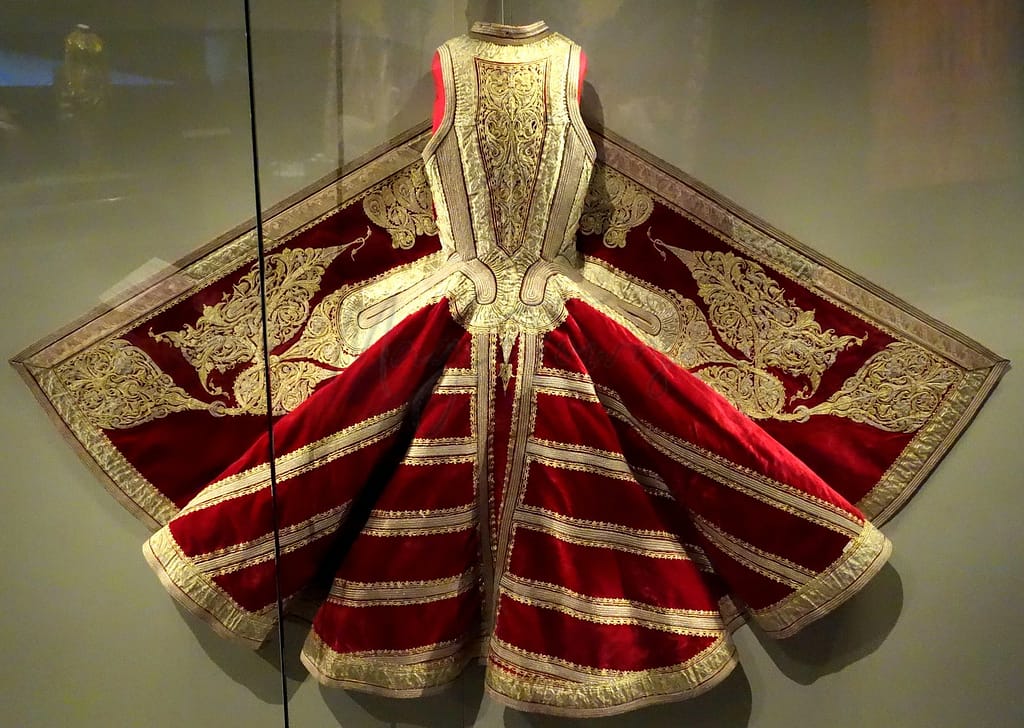
The local upper and lower bodywear is often embroidered, with stunning colour and beadwork done on them.
- Xhubleta: An undulating folk shirt shaped like a bell, wide at the bottom. There are two types of Xhubleta: one is narrow, and the other; is wider.
- Mbështjellëse: A veil catered to women.
- Brekushe: Outer clothing made out of wool or cotton for men and women.
Traditional Albanian Clothing for Kids
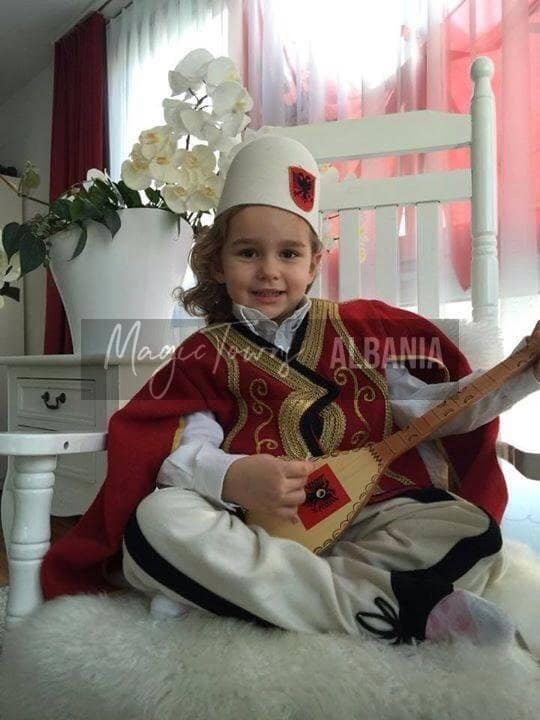
Bodywear
For kids, it is crucial that clothing is kept simple and comfortable. For that, two types of clothing can be found worn:
- Fustanella: A pleated skirt symbolic of Southern Albania worn by men. However, it can be altered for use in ceremonies, especially for boys.
- Guna: A woollen cloak appearing in simple forms for kids.
Hat
Just like for men, the Qylafë is quite popular for kids too. It is a small hat that is embroidered with simple patterns.
Vests
Many traditional Albanian clothes for kids feature exquisite craftsmanship with embroidered vests or tunics, mostly hand-stitched. The embroidery is done with black or red threads, reminiscent of the Albanian flag.
Shoes
The shoes are kept simple, especially for harsher weather. At times, they are knitted by family members and may comprise simple or elaborate patterns.
Moreover, kids are also wrapped in several layers to keep them worn, especially in mountainous areas.
Traditional Albanian Clothing For Weddings
Weddings are the ultimate gateway to a new chapter in your life; and I feel, that it should be welcomed with pride! This is why the traditional Albanian wedding attire for men and women varies so much. Let me explain how!
For Women
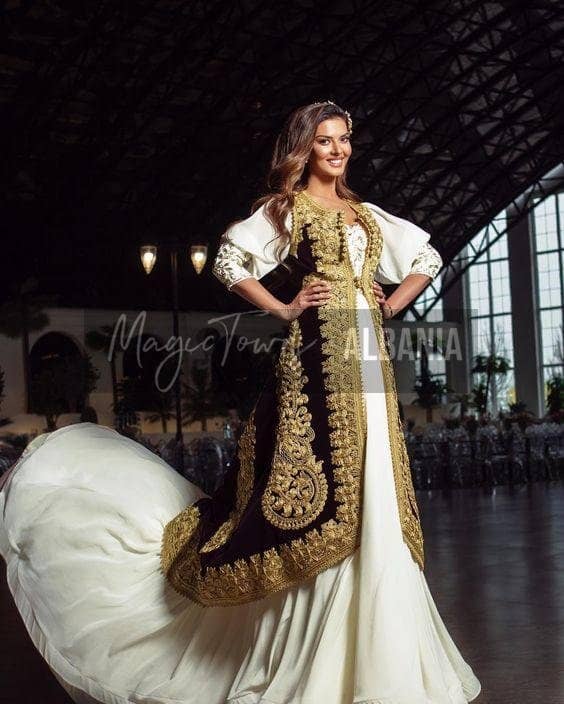
The wedding dresses for women are embedded with detailed gold, red or white embroidery, including beading in various spots. Fine materials are used to craft the dress with utmost love.
- Dress: The dress – or Fustan is a long, elaborate dress, curated with heavy gold or silver thread. Moreover, it features complex patterns according to the bride’s needs.
- Skirt: If you ever attend a Northern Albanian wedding, you might encounter something interesting. The skirt – or the Xhubleta, is a bell-shaped woollen skirt covered over a long tunic.
- Vest: A Jelek, as it’s called, is an embellished vest adorned with silver or gold threads.
- Headgear: Heavily decorated headpieces adorned with beads, flowers or coins.
- Ornamental Belts: These are tied around the waist to accentuate it.
- Shawls: It may not be compulsory.
For Men
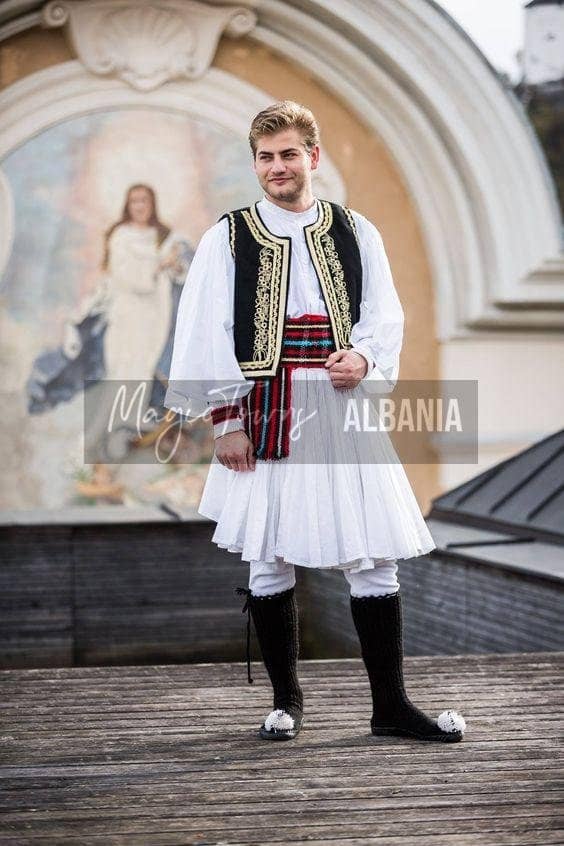
The attire for men consists of the same pieces that I have mentioned before, for the most part. However, here is a concise list of the most common wedding attire elements:
- Fustanella: The pleated skirt is infamous for grooms in southern Albania.
- Brezi: The belt is tied around the waist and is brightly coloured.
- Xhamadan: The embroidered vest or jacket is made out of fine fabric such as wool or velvet.
- Qeleshe: A traditional felt cap worn by the groom in northern Albania is commonly worn.
- Sword or Dagger: In some northern areas, you may encounter men carrying a ceremonial sword or dagger as part of their attire.
Conclusion
We hope you enjoyed this virtual tour of these interesting Albanian traditional clothing. Albanians protect and respect their traditions, and these outfits represent a part of the country’s identity. They reflect deep-rooted cultural values passed down through previous generations that are still alive to this day.
Let me know what you think and which one is your favourite.
-

Sara embodies the definition of creativity in her role as a content creator on our team. As a native Albanian, she focuses on writing qualitative pieces, mostly well-researched articles and informative blog posts. She also plays a key role in creating engaging social media posts to build a like-minded community of Albanian lovers and keep them engaged. Her qualifications, among others, include a Reuters-accredited certificate in journalism, language certification, internship experience in Bucharest, and training in digital marketing. If Sara’s not on her desk creating content, you might find her reading a good book or penning her thoughts in her diary.
You can also find her words on Momentum Group, Bulls Media Albania, 112hub, and Ajroni.

